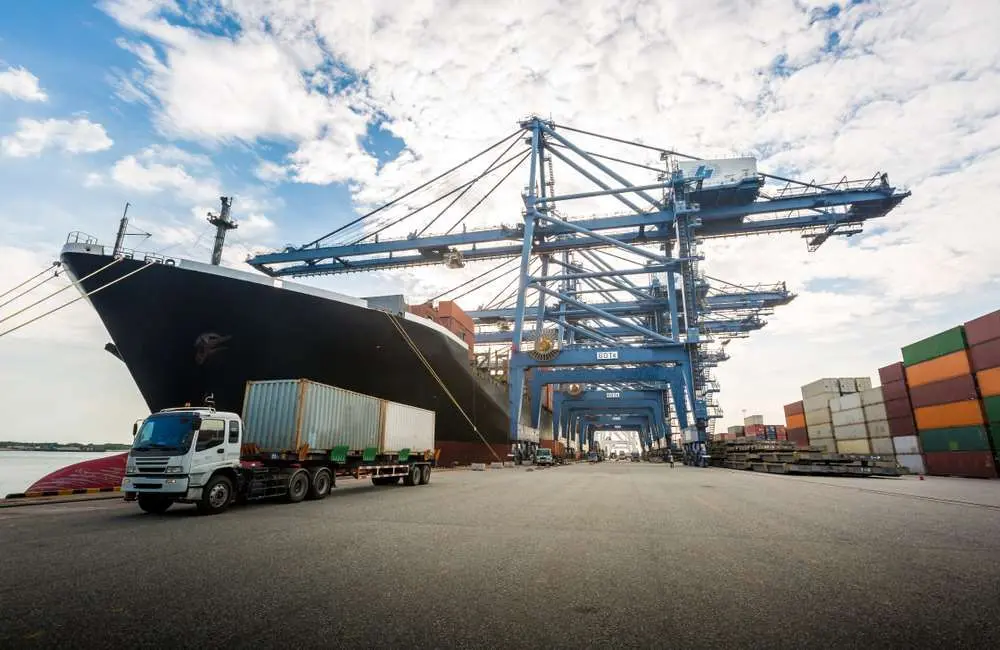Technology continues to revolutionize almost every aspect of business and personal life, from industry supply chains to how people get from Point A to Point B.
No longer are people questioning whether big data, the Internet of Things (IoT) and machine learning will lead to major innovations in transportation. It’s already happening. The biggest question now is how people fit in to this new era of technology.
All this has also led to changes in the workforce. Those who decide become experts and earn master’s degrees in data science and business analytics position themselves for top jobs in technology career fields that are growing rapidly.
Transportation Trends
For both business and personal use, innovations in technology focus on creating transportation that is more efficient, effective and safe. The application of data analytics, data science and IoT have resulted in many changes in recent years.
The future also holds the promise of more change. They include the following.
Self-Driving Cars
This ranks as the most-often mentioned application of technology. For now, it’s resulted in features that are more “driver assistance” than “self-driving.” This include self-parking, automatic braking, lane monitoring, the use of GPS for navigation and helping drivers maintain a safe distance from other cars.
But the technology has far to go. The Society of Engineers has released a Path to Autonomy that assigns Levels 0 through 5 for autonomous cars. Level 5 is a fully autonomous. None exist yet. The closest is likely Google’s Waymo, which is still in testing phase using modified Chrysler Pacificas.
Future Trucks
Businesses have moved into self-driving trucks, driven by two main factors. One is that creating the technology for an autonomous vehicle on the highway is not quite as complicated. Second, there a shortage of truckers in America. The shortage reached 50,000 drivers at the end of 2017, according to the American Truckers Associations.
That’s an issue as trucks carry about 70 percent of all goods transported in the United States. Autonomous trucks could bridge this gap. Companies that include Embark, Tesla, Uber and Waymo are testing “future trucks.” Embark already has autonomous trucks transporting refrigerators from El Paso, Texas, to Palm Springs, Calif.
Drone Taxis
This technology is a bit farther down the road. German-owned Volocopter has tested a remote-controlled drone taxi. In January, the air taxi took Intel CEO Brian Krzanich for a ride during the Consumer Electronics Show in Las Vegas. The company markets the air taxi as a solution to the increasing traffic congestion in urban areas. Volocopter CEO Florian Reuter called the air taxi less a helicopter and more “a flying super computer creating a pleasant and safe ride.”
Airborne Car Chargers
Amazon filed a patent in 2014 for a drone that can charge electric cars. The idea behind airborne car chargers involves sensors on the car that communicate with a drone station when its charge gets low. A drone then would be deployed, using GPS to find the car, land and recharge the battery. The obvious convenience is allowing drivers to keep traveling and skip the stop at a charging station.
Another potential facet is to equip smart street lights so that the drone could land and charge its own batteries. While they don’t contain that technology, San Diego already has installed smart street lights that monitor the area for parking spaces and pollution levels. City leaders also plan to use data collected from the lights to identify dangerous intersections that need redesigning and alert police when they detect the sound of gunfire.
Cargo Ships
If autonomous systems can improve the efficiency and safety of trucks, then why not ships? Rolls Royce is currently developing cargo ships that may sail without a crew. Operators would handle the ship by remote control or from a control room onboard. The sensor system needed to steer the ship are currently being tested in Finland. Rolls Royce expects to have a fully autonomous cargo ship working by 2020.
All the above involve heavy use of data-driven systems, sensors, IoT and machine learning. While some are closer than others, work in this area is expected to increase in the coming years. That, in turn, will lead to more jobs for those with the right skills and knowledge in data science and analytics.
